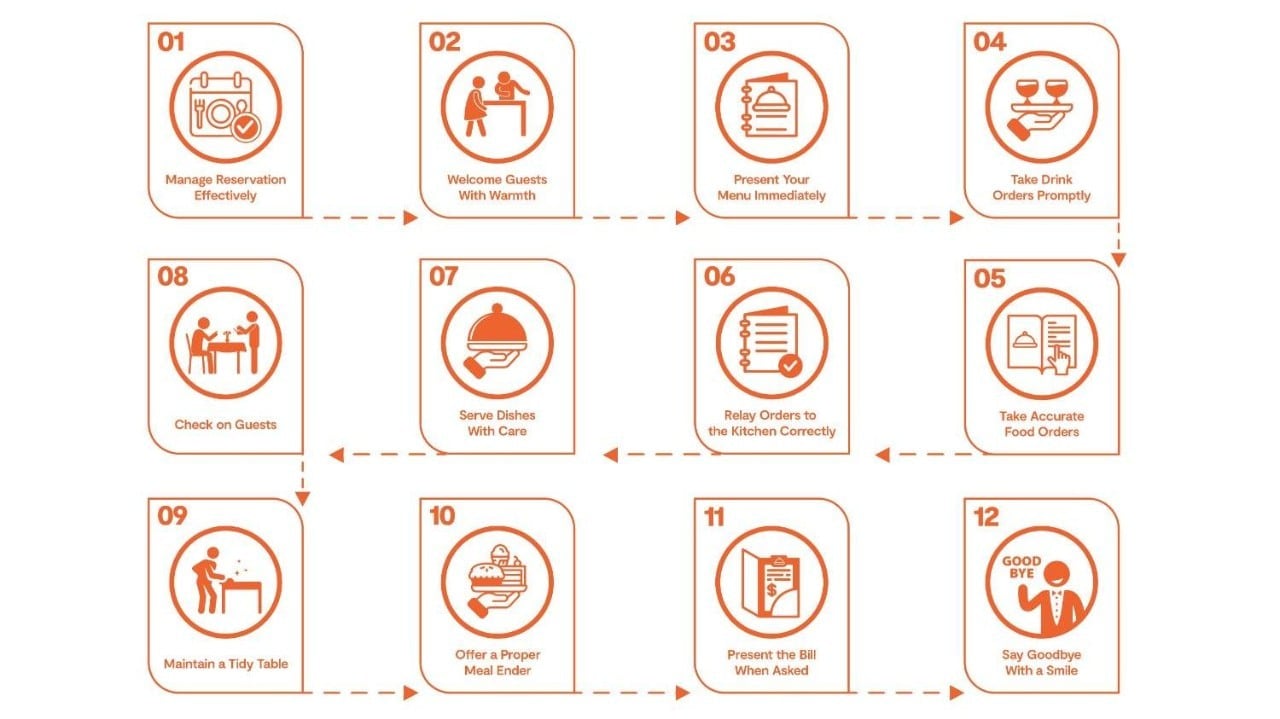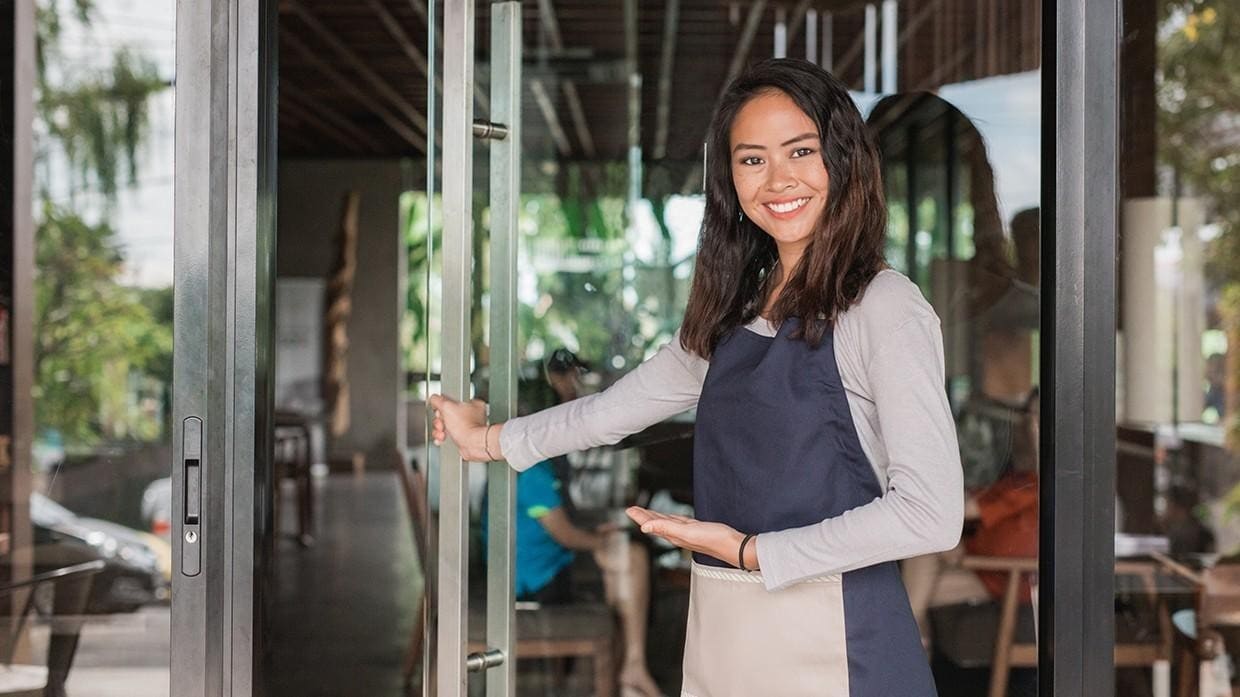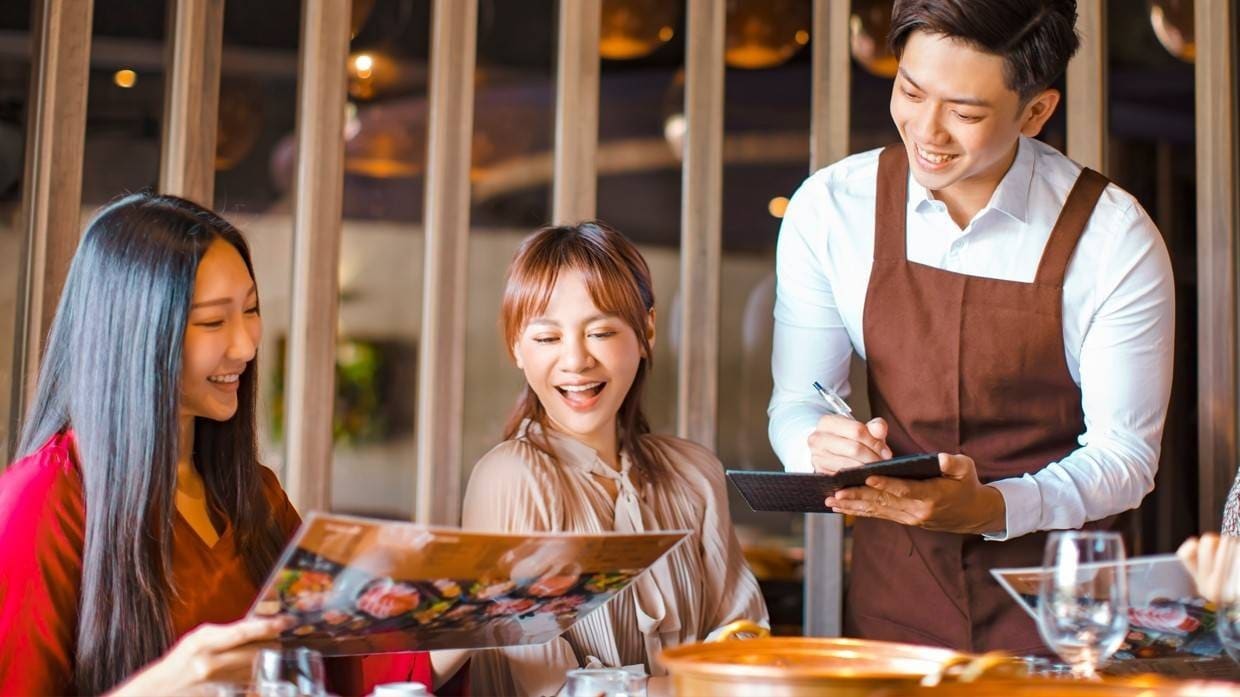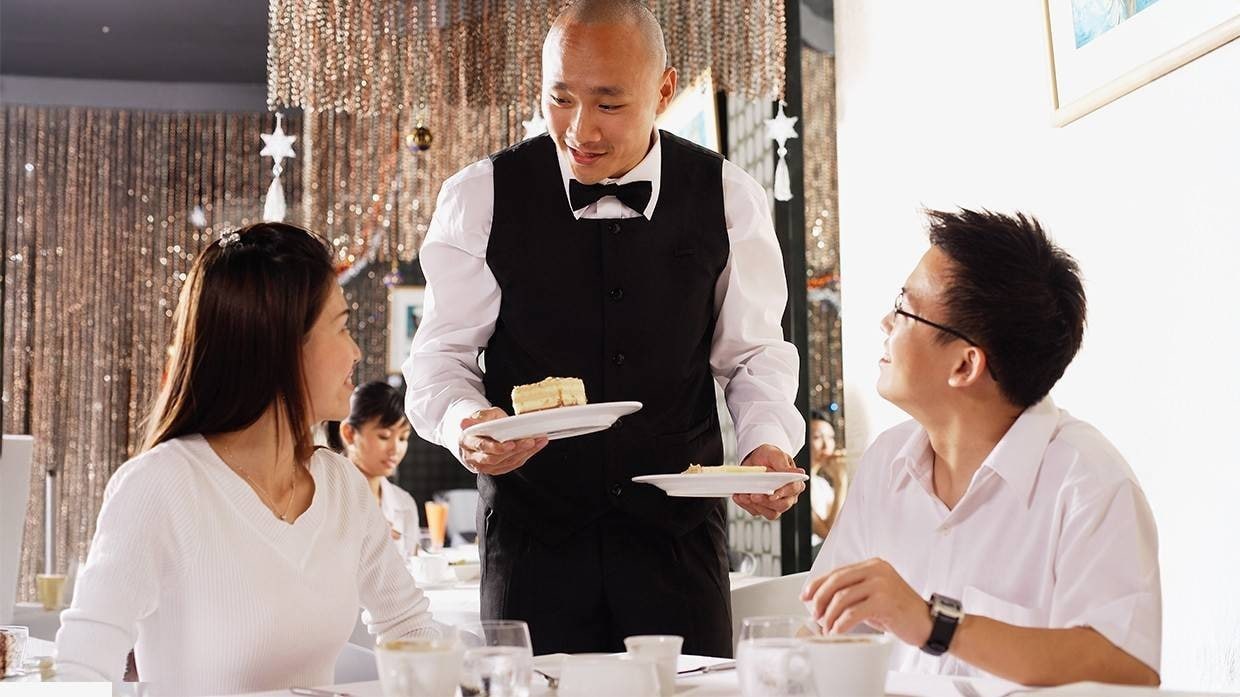
Food isn’t the only factor that shapes your customers’ dining experience – service matters just as much. From how you greet them at the door to how you present the bill, every touchpoint leaves a lasting impression. This guide highlights the ideal service sequence in restaurants, ensuring smooth operations and optimal customer satisfaction.
A well-organized front-of-house boosts table turnover and reduces wait times. Think of it as your first defense against inefficiency and poor guest satisfaction.
1. Manage Reservations Effectively
Start with a streamlined reservation system. Depending on your establishment’s size, offer phone bookings, social media, a Google form, your website, or a third-party app. Keep track of all reservations – whether penciled-in or confirmed – so you can manage walk-ins more effectively. For fine dining, consider requiring a deposit to minimize no-shows. Send reminders a few hours or a day before the booking to ensure attendance.
2. Welcome Guests With Warmth

Train your waitstaff to greet guests with a genuine, welcoming smile.
The way you greet customers sets the tone for the rest of the food and beverage service sequence. Keep it warm and personal, addressing guests by name instead of the generic “ma’am/sir.” However, maintain professionalism – your goal is to be welcoming, not overly familiar. If there’s a wait, offer refreshments and set up a comfortable waiting area.
3. Present Your Menu Immediately
Once seated, hand over the menu without delay. Avoid making guests wait or ask for it as this could dampen their enthusiasm and reflect poorly on your service. The quicker they order, the smoother your FOH operations will run. Introduce specials and seasonal offerings and inform them about unavailable items right away.
4. Take Drink Orders Promptly
Drinks are a reliable income stream, so encourage guests to order beverages early. If they’re still browsing the menu, prioritize their drinks and serve them ahead of the food. If they prefer water, give them the option of tap or bottled, and pour it immediately.
5. Take Accurate Food Orders

Encourage servers to write down orders for accuracy.
Skip the theatrics of memorizing orders. Instead, have your team write down each order. This order-taking procedure also includes noting the table number, accommodating meal modifications, noting allergies or dietary restrictions, and promoting add-ons. Then, repeat the order back to the guest to confirm accuracy and avoid potential misunderstandings.
6. Relay Orders to the Kitchen Correctly
Never shout orders to the kitchen. Use order slips or a digital system to relay requests efficiently. For modifications, communicate directly with the kitchen to ensure the guest’s preferences are clear.
7. Serve Dishes With Care

Serve food at the correct temperature and with attention to presentation.
Once the food is ready, deliver it promptly and serve each dish to the correct guest. Avoid staggered service – serve all dishes for the same course simultaneously to maintain proper temperatures. If any item is delayed, apologize and inform the guest of the wait time. Ideally, the food serving time should not exceed 20 minutes.
Each plate should arrive at the table exactly as it left the kitchen – no misplaced garnishes or spilled sauces. Also, check if each diner has the proper cutlery. Provide serving utensils if the group is dining family-style.
8. Check on Guests
This sequence of service doesn’t end after delivering food to the table. You also need to check in with guests to inquire about additional requests. Offer more ketchup or Lady's Choice Real Mayonnaise even before they ask. Address issues, such as incorrect or missing items, immediately. Everyone should stay attentive to potential needs; watch for guests’ non-verbal cues to step in proactively.
9. Maintain a Tidy Table
Keep the table organized throughout the meal without disrupting the diners. Refill drinks, remove empty plates, provide napkins, offer clean cutlery, and wipe wet surfaces as needed. Check on the floor, too, and pick up dropped items. In a fine dining sequence of service, replace utensils after every course before the food arrives. Take the extra effort to increase customer satisfaction. It’s all in the details!
10. Offer a Proper Meal Ender

Ending the meal on a sweet note not only enhances the dining experience but also drives profits.
After the main course, offer a dessert or another round of beverages. Recommend a sweet treat to complement their meal or a light option like coffee, tea, or hot water with lemon. This is an opportunity to upsell while also enriching customer satisfaction.
11. Present the Bill When Asked
Never rush guests by presenting the bill prematurely. Wait until they request it. If there’s a table waiting, politely inform the current guests and offer to move them to another area. When they ask for the bill, deliver it promptly and inform them about the available modes of payment.
12. Say Goodbye With a Smile
Once the payment is processed, thank your guests sincerely and ask if they need anything before they leave. Offer a final glass of water or napkins, and take the opportunity to invite them back. Mention any upcoming specials or events. A warm, genuine farewell leaves a lasting impression.
Expect higher customer satisfaction, increased table turnover, and improved margins once you implement this service sequence in your restaurant. Train your staff to follow these steps consistently. Eventually, you’ll create seamless operations that lead to a happier clientele and a more profitable bottom line.








